Blog
Learn from the experts at Hansem Global; our blog series delivers insider strategies, tips, and insights on translation and localization to help you excel in Asian markets and beyond.

Transforming Documentation with AI: Inside Hansem Global’s Field-Tested Workstation
Artificial intelligence is transforming every corner of the workplace— and content workflows are no exception. While manufacturers often focus on AI’s role in production or logistics, a quieter but equally impactful shift is underway in how product-related content is created, translated, and reviewed. At Hansem Global, we’ve seen this shift firsthand. Our teams across translation […]
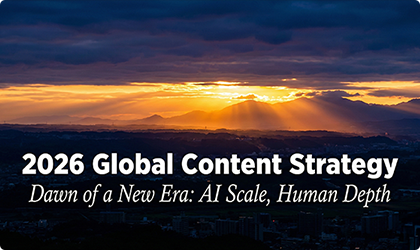
2026 Global Content Strategy: AI Scale, Human Depth
The year 2026 marks a paradigm shift in global content and language services. According to recent analyses from the World Economic Forum (WEF), CSA Research, and Gartner, the industry is moving beyond simple automation toward a “Super-Trust” era—where AI provides unprecedented scale, and human experts provide indispensable depth. Here are the three strategic pillars for […]
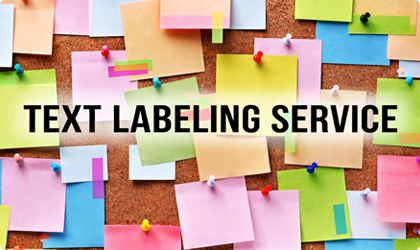
How AI Learns to Understand Text: Hansem Global’s Text Labeling Services
Generative AI is getting most of the attention, but in real-world deployments, performance and stability are still determined by one thing: data quality. Text data is especially sensitive because it contains meaning and context. If the “ground truth” standard shifts even slightly, outputs from automated classification or document automation can become inconsistent and unreliable. This […]
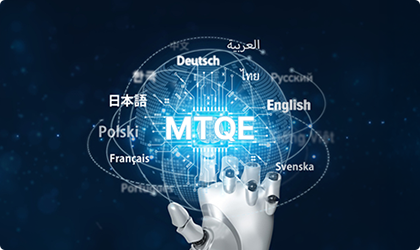
Why Hansem Global Combines Two Solutions in the MTQE Era
Machine Translation Quality Estimation (MTQE) is one of the most talked-about developments in today’s localization industry. The promise of “automatically evaluating translation quality with minimal human effort” is attractive, and global tools such as TAUS EPIC, ModelFront, COMET-QE, and Intento are already serving as benchmarks for many companies. Hansem Global evaluated several options and selected […]
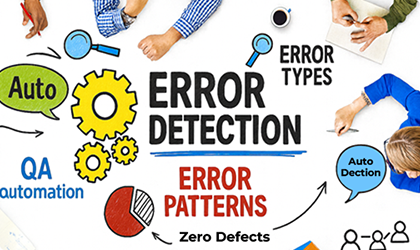
Automating Documentation Quality: Hansem Global QA Suite
As products become more complex and the number of localized languages increases, managing documentation quality—especially for user manuals and technical documents—has become significantly more challenging. Manual quality checks often fail to catch recurring issues, and under tight deadlines, even minor oversights can result in costly delivery errors. At Hansem Global, we developed the QA Suite, […]

Automated Translation Quality at Scale
If you’ve ever tried to assess the quality of a large-scale translation project—especially one powered by machine translation (MT)—you know the challenge. Manual reviews are slow, subjective, and resource-heavy. Yet skipping quality checks can damage your brand, increase risk, or delay time to market. That’s why Hansem Global developed an automated solution for translation quality […]
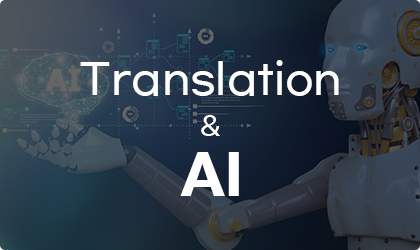
Building a Smarter Translation Ecosystem: How Hansem Global Integrates AI for Scalable, Domain-Specific Localization
Why One-Size-Fits-All AI Translation Doesn’t Work AI technologies are reshaping the translation and localization landscape. But not all AI solutions work equally well across all content types. Just as game localization and video dubbing require different approaches, the effectiveness of machine translation tools depends heavily on domain specificity, content format, and the customer’s business goals. […]

The Secret to Content Recycling: How a Content Library Powers Efficiency and Consistency
As tech advances at breakneck speed, products like smartphones, TVs, and appliances regularly upgrade in features, creating the need for new user manuals for each release. However, since the core functionality and usage don’t change drastically, much of the content can be reused across models. Industries such as automotive and camera manufacturing face similar needs; […]





